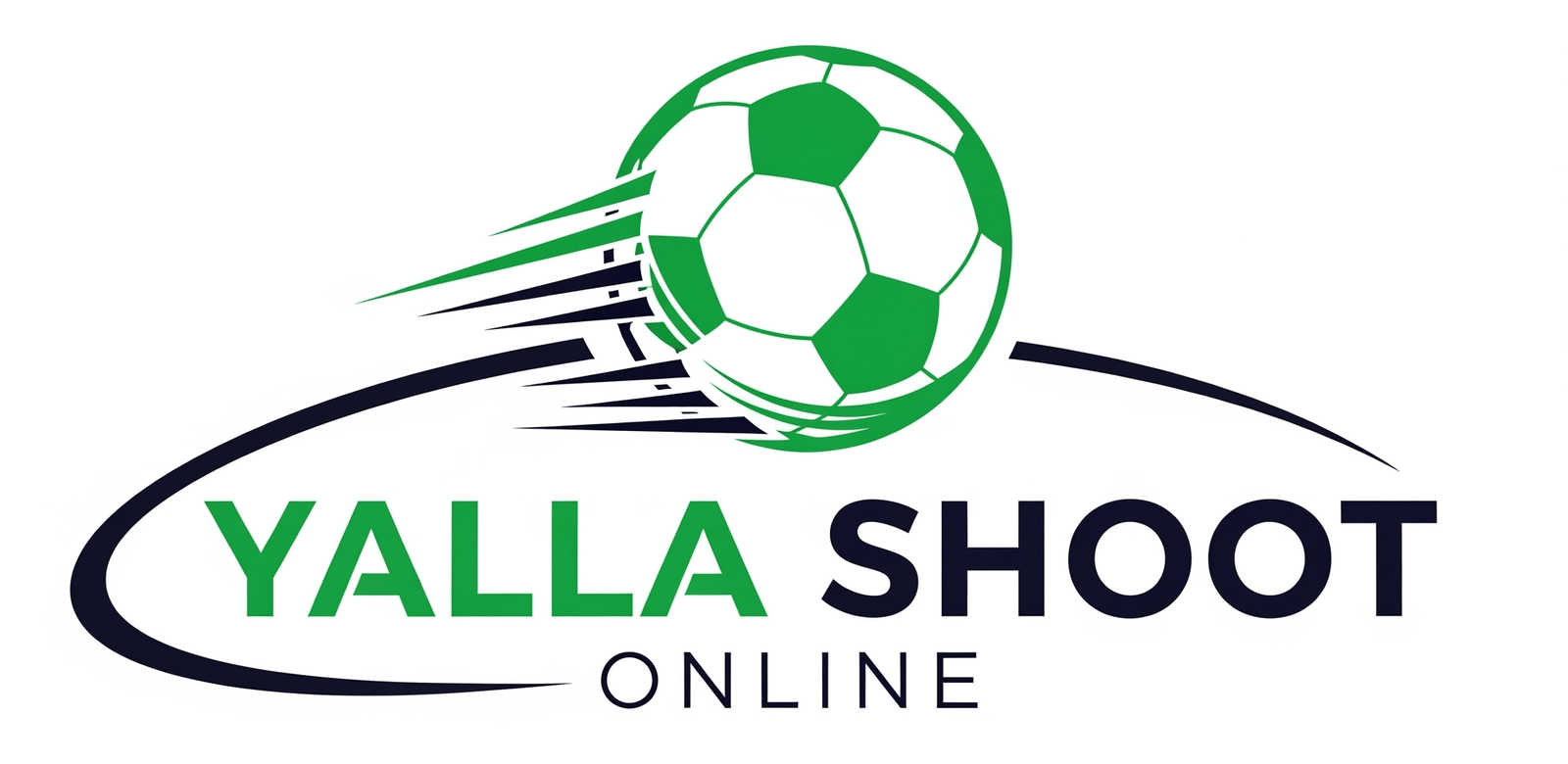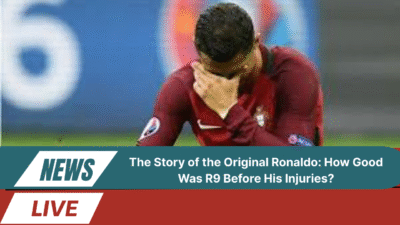When you hear about professional footballers being sidelined for months, one of the most frequent causes is an ACL tear. But what is an ACL Injury, and why does it affect so many athletes in the sport? Could it be the nature of football itself, or is there something deeper about the human body that makes this ligament so vulnerable? More importantly, how can players protect themselves from this dreaded injury that can alter the course of a career?
In this article, we’ll break down the anatomy of the anterior cruciate ligament, explore why footballers face higher risks, discuss treatment and recovery times, and provide practical prevention strategies. From real-world football cases to medical insights, you’ll get a clear picture of why the ACL matters so much in football.
By the end, you won’t just know the answer to what is an ACL Injury but also understand how to reduce the chances of suffering from it, whether you’re a professional, amateur, or simply a football enthusiast.

Understanding the Basics of an ACL Injury
What is an ACL Injury?
An ACL injury refers to damage or tearing of the anterior cruciate ligament, a crucial stabilizer in the knee. This ligament helps control back-and-forth motion and supports rotational movements, making it essential in football, where quick pivots and sudden stops are part of the game. An ACL tear is considered one of the most severe common football injuries because it often requires surgery and long rehabilitation.
Why Footballers Are More Prone to ACL Injuries
Football is a high-intensity sport demanding speed, agility, and strength. Quick turns, sudden jumps, and unexpected tackles increase the likelihood of an ACL tear. Unlike casual activities, the sport pushes the body to its physical limits, leaving the ACL under constant pressure. This explains why many legendary players have faced this setback at some point in their careers.
Anatomy of the Anterior Cruciate Ligament (ACL)
1.Location and Function of the ACL
The anterior cruciate ligament connects the thigh bone (femur) to the shin bone (tibia). Positioned at the center of the knee, it ensures stability during fast-paced movements. Without a healthy ACL, the knee loses its ability to withstand rotational stress.
2.How the ACL Supports Athletic Movements
Every sprint, tackle, and change in direction relies on the ACL’s strength. It prevents the shin bone from sliding forward too much and resists excessive rotation. That’s why a torn ACL instantly compromises a footballer’s performance and balance.
Causes of ACL Injuries in Football Players
1.Sudden Twists, Pivots, and Direction Changes
Football involves frequent direction shifts, whether dodging an opponent or making a fast counterattack. These movements place the ACL at risk, especially when the foot is firmly planted, and the knee twists unexpectedly.
2.Contact vs. Non-Contact Injuries
Interestingly, many ACL injuries are non-contact. A player can suffer a tear simply by landing awkwardly after a jump or making a sudden pivot. However, direct tackles and collisions also contribute to ACL tears.
3.Risk Factors Specific to Footballers
Playing on uneven or artificial turf
Fatigue and muscle imbalance
Inadequate warm-up routines
Wearing unsuitable footwear
Signs and Symptoms of an ACL Tear
1.Immediate Indicators of Injury
The classic signs of an ACL injury include:
A popping sound at the time of injury
Sudden and severe knee pain
Rapid swelling within hours
Difficulty bearing weight
2.Long-Term Consequences if Untreated
Without treatment, an ACL tear can lead to chronic knee instability, frequent giving-way episodes, and long-term joint damage such as osteoarthritis.
Diagnosis and Medical Imaging for ACL Tears
1.Physical Examinations
Doctors often perform specialized tests like the Lachman test to check ligament stability. These can give an initial idea of the severity of the injury.
2.MRI and Other Imaging Techniques
Magnetic Resonance Imaging (MRI) provides a detailed view of the ligament and surrounding structures, confirming whether it’s a partial or complete tear.
Treatment Options for ACL Injuries
1.Non-Surgical Management
In less severe cases or for non-athletes, physical therapy and bracing may help. Strengthening surrounding muscles can partially compensate for ligament loss.
2.ACL Reconstruction Surgery
For professional footballers, surgery is often the only way back to competitive play. The procedure involves replacing the torn ligament with a graft from another tendon.
ACL Injury Recovery Time and Rehabilitation
Early Recovery Phase
The first weeks focus on reducing swelling, regaining knee movement, and starting gentle strengthening exercises.
Return to Football Training
Full recovery may take 6–12 months. Athletes gradually return to running, agility drills, and eventually match play under medical supervision.
Psychological Aspects of Recovery
Mental resilience is just as important as physical recovery. Fear of re-injury often lingers, and psychological support can speed up return to play.
Preventing ACL Injuries in Football
Strength and Conditioning Exercises
Targeting hamstrings, quadriceps, and hip stabilizers reduces stress on the ACL.
Proper Warm-Ups and Technique Training
Dynamic stretching, balance drills, and safe landing techniques significantly lower injury risk.
Real-World Case Study: Famous Footballers with ACL Injuries
Many elite footballers, including Zlatan Ibrahimović and Virgil van Dijk, have battled ACL injuries. Their stories highlight both the challenges and the possibility of a successful comeback after surgery.
Comparing ACL Injury with Other Common Football Injuries
Hamstring Strains
While painful, hamstring strains usually heal faster than ACL tears.
Meniscus Tears
Often occurring alongside ACL injuries, meniscus tears require additional treatment.
Ankle Sprains
These are frequent but typically less career-threatening compared to ACL injuries.

Frequently Asked Questions (FAQs)
Q1: What is an ACL Injury in simple terms?
An ACL injury is a tear or sprain of the ligament inside the knee that stabilizes it during movement.
Q2: How long does it take to recover from ACL surgery?
Recovery generally takes between 6 to 12 months, depending on age, health, and dedication to rehab.
Q3: Is surgery always necessary for an ACL tear?
Not always. Non-athletes can sometimes manage without surgery, but for footballers, reconstruction is usually required.
Q4: Can ACL injuries be fully prevented?
They can’t be completely avoided, but proper training, warm-ups, and conditioning reduce the risk significantly.
Q5: What is the difference between an ACL tear and a meniscus tear?
An ACL tear affects ligament stability, while a meniscus tear damages the knee cartilage. Both may occur together.
Conclusion
The ACL may be just one ligament, but its role in football is monumental. Understanding what is an ACL Injury, why it’s so common, and how to prevent it is vital for athletes at every level. With proper training, timely medical care, and mental resilience, footballers can overcome ACL injuries and return stronger to the field.










